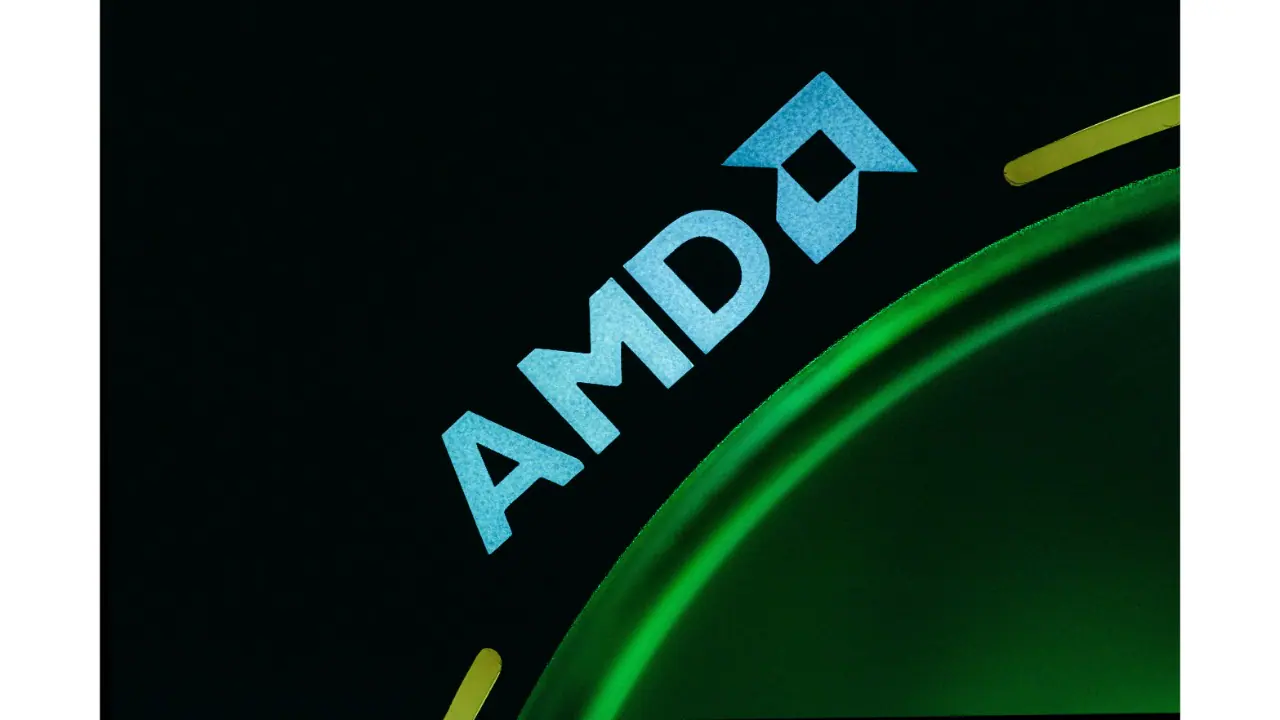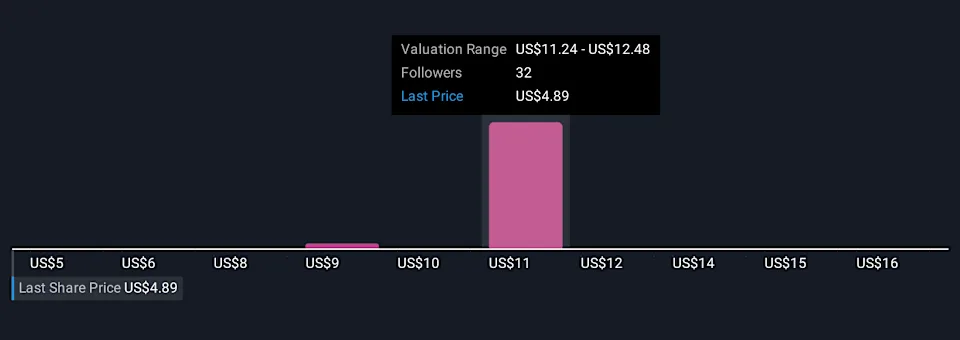Silicon Valley, California — In a dramatic turn that could reshape the landscape of artificial intelligence hardware, Advanced Micro Devices (AMD) has captured Wall Street’s attention after announcing a high-stakes supply deal with OpenAI. The partnership, which includes provisions allowing OpenAI to acquire a significant equity stake in AMD, has sent the company’s shares soaring — sparking a wave of optimism, speculation, and debate about what comes next for the semiconductor giant.
Over the past week, AMD’s stock has climbed more than 20%, its strongest single-day gain in years, as traders and long-term investors recalibrate expectations. The move signals that AMD is no longer content to play second fiddle to Nvidia in the AI computing arena. Instead, it’s positioning itself as a serious contender in a market expected to exceed a trillion dollars in value before the end of the decade.
A Strategic Alliance That Changes the Game
The AMD–OpenAI partnership is far more than a typical supplier agreement. According to the deal’s terms, AMD will provide advanced GPUs and AI-optimized chips for OpenAI’s next-generation infrastructure. This means AMD’s hardware will power some of the world’s most sophisticated machine learning models — including systems capable of multimodal reasoning, language processing, and autonomous computation.
In exchange, OpenAI has received warrants giving it the right to purchase up to 160 million shares of AMD stock, potentially amounting to around a 10% ownership stake if all milestones are met. This structure intertwines the future of both companies: as OpenAI grows and demands more compute power, AMD directly benefits from that success.
Industry analysts say this deal could generate more than $100 billion in long-term revenue for AMD — an astronomical figure that would alter its balance sheet, accelerate R&D, and strengthen its competitive standing against Nvidia and Intel.
The Market Reaction: A Technical Breakout in Motion
The financial markets responded with unrestrained enthusiasm. AMD’s stock chart shows what technical traders call an inverse head and shoulders breakout — a bullish formation that typically signals a long-term trend reversal. Once the stock pierced its neckline resistance at around $174, momentum traders piled in, driving prices sharply higher.
Now, with AMD hovering near $227, eyes are fixed on whether it can hold that level and confirm a new support zone. Should it break higher, analysts project the next technical target at roughly $270, a level that could mark a new record high for the chipmaker.
Still, the market’s exuberance comes with caution. Technical indicators such as the Relative Strength Index (RSI) have entered overbought territory, suggesting the potential for short-term volatility. However, in strong uptrends driven by fundamental news, such signals can remain elevated for weeks before any meaningful pullback occurs.
Why This Matters: The Battle for AI Hardware Supremacy
Until now, Nvidia has dominated the AI chip ecosystem. Its GPUs have powered most large-scale data centers used by OpenAI, Google DeepMind, and Anthropic. AMD’s entry at this scale — backed by a deep partnership with OpenAI — threatens to disrupt that near-monopoly.
AMD’s newest architectures, particularly its MI300X accelerators, are built for high-bandwidth, large-scale AI workloads. The company claims these chips offer superior energy efficiency and cost-performance ratios compared to Nvidia’s current offerings. For OpenAI, diversification away from Nvidia means reducing dependency on a single supplier, increasing resilience, and negotiating better terms in a market plagued by chip shortages and soaring prices.
“AMD has proven its ability to execute and innovate,” said one market analyst. “If this deal succeeds operationally, it could signal a power shift that changes the economics of AI compute for the next decade.”
The Broader Implications
This deal goes far beyond Wall Street. It touches on global technological competition, national security interests, and the race to dominate artificial intelligence infrastructure.
Governments around the world — especially the U.S. and China — are racing to secure access to advanced chips. With AI now seen as critical to everything from defense systems to healthcare automation, chipmakers have become strategic assets. AMD’s expanding role places it squarely at the center of this geopolitical chessboard.
Moreover, as AI adoption accelerates, the need for scalable computing infrastructure will continue to skyrocket. Industry projections suggest that demand for AI training and inference chips will grow tenfold by 2030. That gives AMD a vast opportunity to capture market share if it can deliver consistently and keep pace with innovation cycles.
Risks and Realities
Despite the excitement, challenges remain. Large contracts like this depend on flawless execution — from design to manufacturing to delivery. Any supply chain disruptions or yield issues could slow progress and dent investor confidence.
Another major risk is competition. Nvidia remains the benchmark for AI chips and is unlikely to sit idle. Intel, Qualcomm, and even startups like Cerebras are also pushing new designs aimed at carving out their slice of the AI hardware market.
Then there’s valuation risk. After its recent surge, AMD’s price-to-earnings ratio has reached lofty levels, meaning investors are paying a premium for future growth that has yet to materialize. If the company stumbles or market sentiment shifts, the stock could correct sharply.
What Comes Next
In the near term, all eyes are on AMD’s next earnings report, where investors will look for clarity on the financial impact of the OpenAI deal. Analysts will also be watching production timelines, chip delivery schedules, and any early revenue recognition tied to this partnership.
Longer term, the question is whether AMD can translate this momentum into a sustainable lead in AI compute. If it can execute on the scale that OpenAI demands, AMD could transform from a challenger into a dominant force in the semiconductor world — one capable of shaping the very architecture of the global AI economy.
For now, traders and investors are watching the charts closely: $227 remains the critical line in the sand, while $174 serves as a potential support zone should prices pull back.
Whether AMD continues its ascent or consolidates its gains, one thing is certain — the AI hardware race has entered a new and unpredictable phase, and AMD has positioned itself squarely at its center.
















Leave a Reply